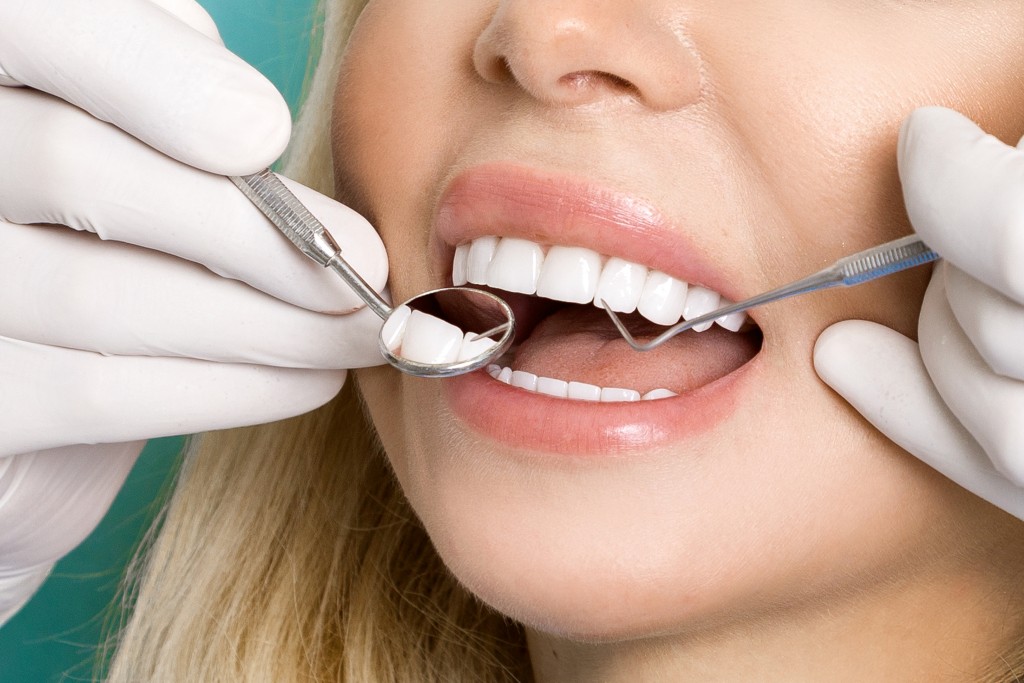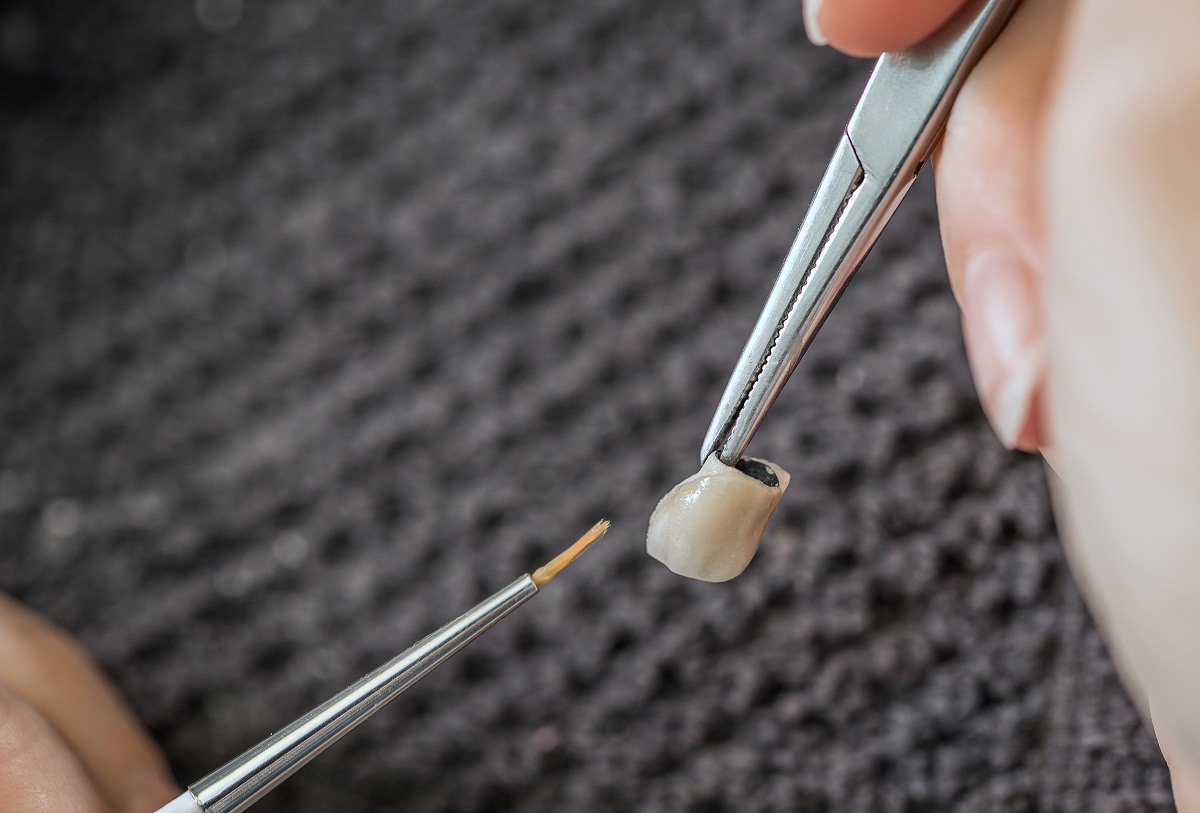Treatment Alternatives for Dental Fluorosis

Fluoride is an essential element for the healthy development of bones and teeth. Systemic fluoride is delivered in food, drinks, and supplements, while topical fluoride is found in mouthwashes and toothpaste. Though beneficial, overexposure to fluoride can be detrimental more so for children’s teeth and bones. The fluoride, in this case, can result in systemic or dental fluorosis. Dental fluorosis is the most common cause of permanent stains in kids’ teeth. The stains are caused by a disruption of a child’s enamel formation and increased tooth porosity and hypomineralization.
Professional teeth cleaning in a reputable Singapore dental clinic is one of the common ways of getting rid of the brownish and yellow stains that characterize dental fluorosis. It is essential to, however, be patient with professional cleaning procedures since they take time to generate desired results. The procedures also generally work best for mild and moderate cases of fluorosis stains. Here are the other treatment alternatives for dental fluorosis.
Bonding
This alternative is often used on a few discolored spots on one or two teeth. This is because the binding of a tooth-colored composite that happens, in this case, will ideally work when the depth and size of the spot are minimal. The composite will cover the discolored spots and leave the teeth sparkling white. Dental bonding is inexpensive and will maintain the functionality of your teeth. It is, however, not as durable and stain-resistant as other alternatives.
Veneers
These are used in cases where several teeth are affected, and the stain on the teeth is deep. Veneers are thin shells often made of porcelain placed on the affected teeth to cover their flaws. They are durable and among the most aesthetically pleasing options for the management of discolored dental spots in fluorosis. Dental veneers will feel and look like natural teeth and will restore the damaged sections of dental enamel. They are nonetheless expensive and might heighten tooth sensitivity for a day or two after their placement.
Crowns

Bonding and veneers are both bonded restorations. To this end, they should be placed on healthy teeth with only minimal sections of weakened enamel. For extensively damage teeth, crowns are the ideal treatment option. These will not only cover the damaged parts of the teeth and enhance their look but will also strengthen them. To this end, they can be used on back teeth that take in a lot of chewing pressure.
Microabrasion
In some cases of fluorosis, the stains are confined to a part of the dental enamel’s full thickness. In microabrasion, a dentist will use an acidic abrasive plate to remove this affected enamel layer. The process is much like the aggressive polishing of the teeth that leaves you with perfectly white but slightly thin teeth. If, however, the extent of the stain is found to be too deep, the dentist might include a restorative treatment after the microabrasion procedure.
Fluorosis in a child’s teeth, unfortunately, also affects his/her permanent dentition. To this end, the above management alternatives guarantee not only perfect milk teeth but also permanent teeth. Getting the treatments once you notice suspicious dental stains is the best way to ensure their success.




